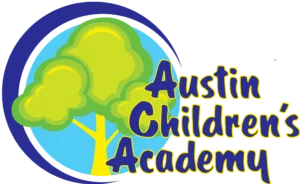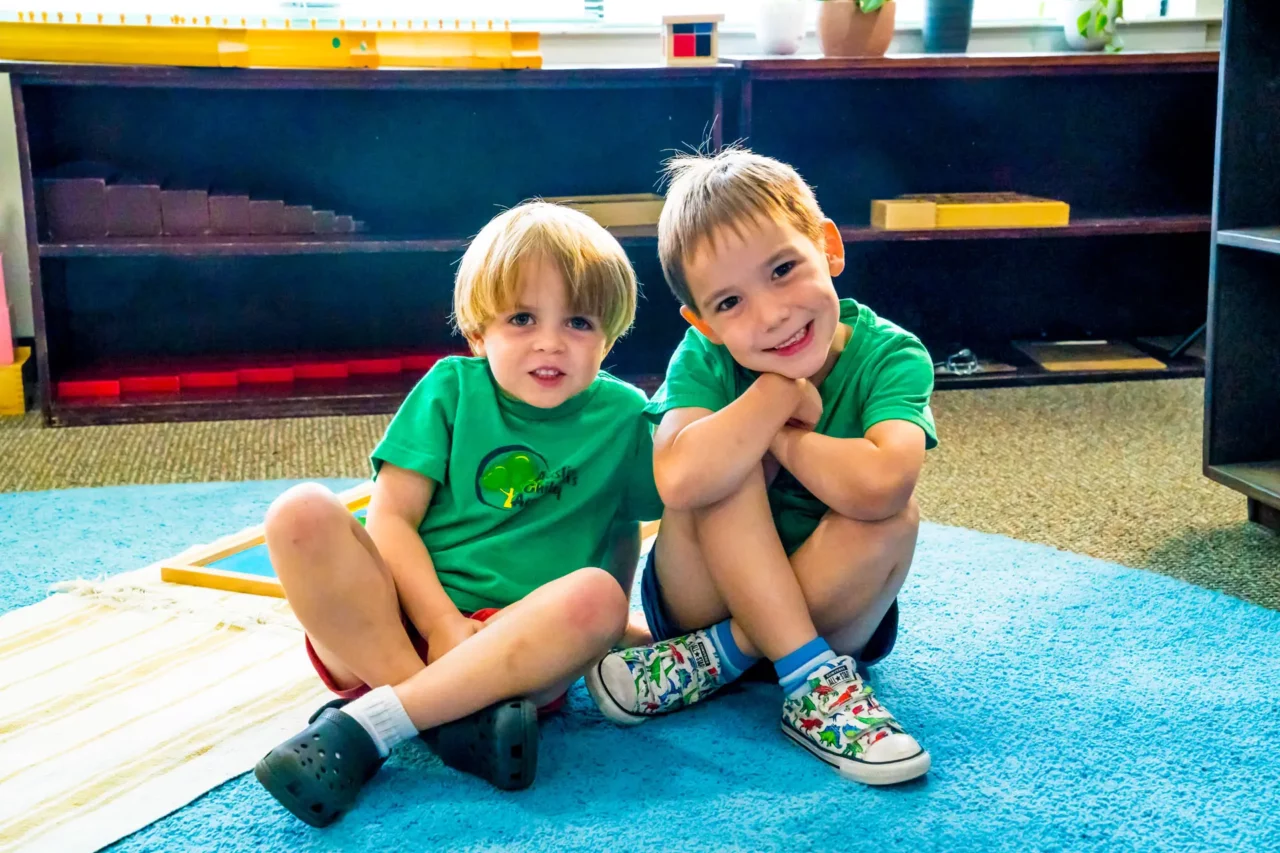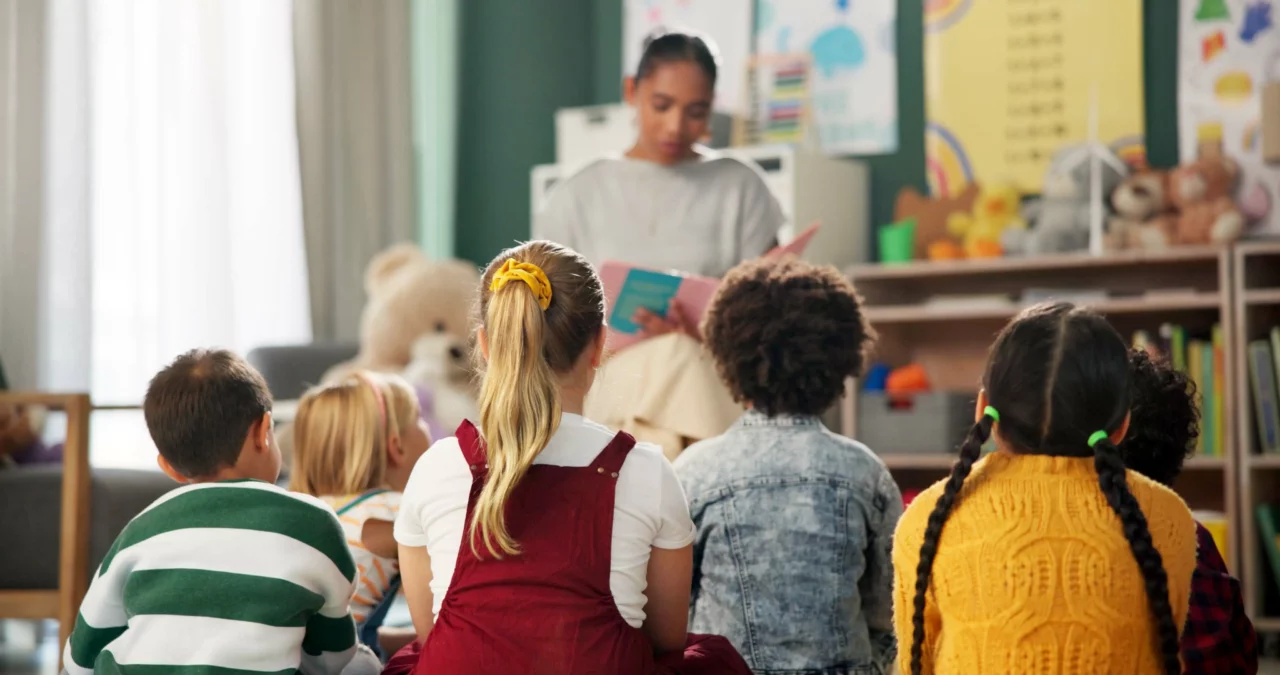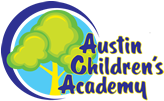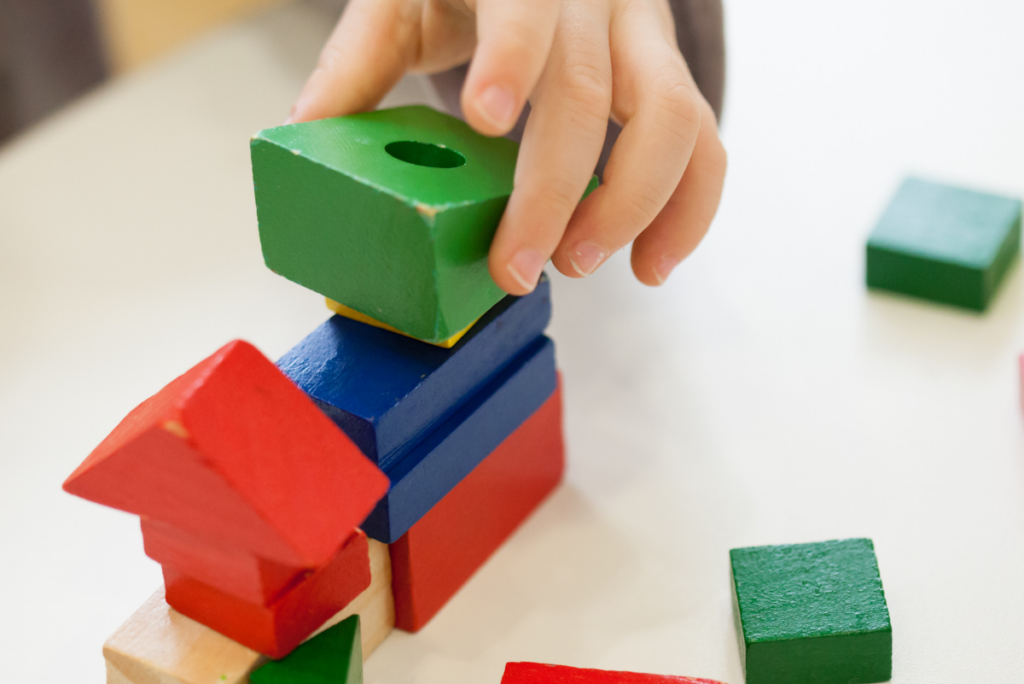
Cooking is a great family activity. It’s fun and heartwarming, but it’s also practical and educational. If you’re looking for an at-home study plan, invite your child into the kitchen; these are just a few of the great lessons they can learn.
Colors and Shapes
Kitchens are the perfect place for young kids to explore and learn about the world. Very young kids will immediately be interested in the variety of colors and shapes that they see on the counter, and cooking gives them a chance to directly interact with these elements.
Try asking your child to find shapes in the kitchen: a box is a rectangle, the edge of a bowl makes a circle, and a banana could be a crescent. They can also look for colors, patterns, and other visual elements that appear either naturally or on packaging.
If you like to bake, you can also introduce your child to the idea of shapes through cookies and other small baked goods. Cookie cutters, brownie triangles, and folded pretzels are all great ways to create practical memories about shape and dimension.
Simple Math
The kitchen is one of the best places to teach math concepts because it’s where your child is most likely to use them. From counting to fractions, you can use recipes to help your child with nearly all early mathematical concepts.
When you child is first learning their numbers, have them help you count individual ingredients, such a sliced fruits or vegetables. Once they can count fairly high, try using ingredients to illustrate basic additional and subtraction; for example, you could show the child five grapes, remove two, and ask them to tell you how many are left.
Introduce your child to measuring cups as early as possible, and let them explore the difference between each cup in the set. At they start to learn about fractions, refer back to the measuring cups to help them turn abstract math into a usable concept.
Following a Recipe
One of the most important skills that cooking teaches is the ability to complete a task from start to finish. From simple processes like making a sandwich to more complicated recipes like baking bread, your child will get a lot from learning to make most classic food items.
Following recipes is important, but cooking can also teach your kid when and how to deviate from the beaten path. Experiment with changing small parts of recipes; in the case of a sandwich, see what happens when you put the sauce between the meat and cheese instead of on the bread. Exploring ingredient substitutions can also teach your child what certain items do for a recipe. As an example, baking powder and baking soda both act as leavening agents, but they have different strengths and need to be added in different amounts.
Cooking is an important skill that can teach a lot about math, science, and culture. Let your kid take the wheel in the kitchen, and develop lesson plans based on their interests. Their natural instincts will lead them towards the most interesting facets of a culinary education.
